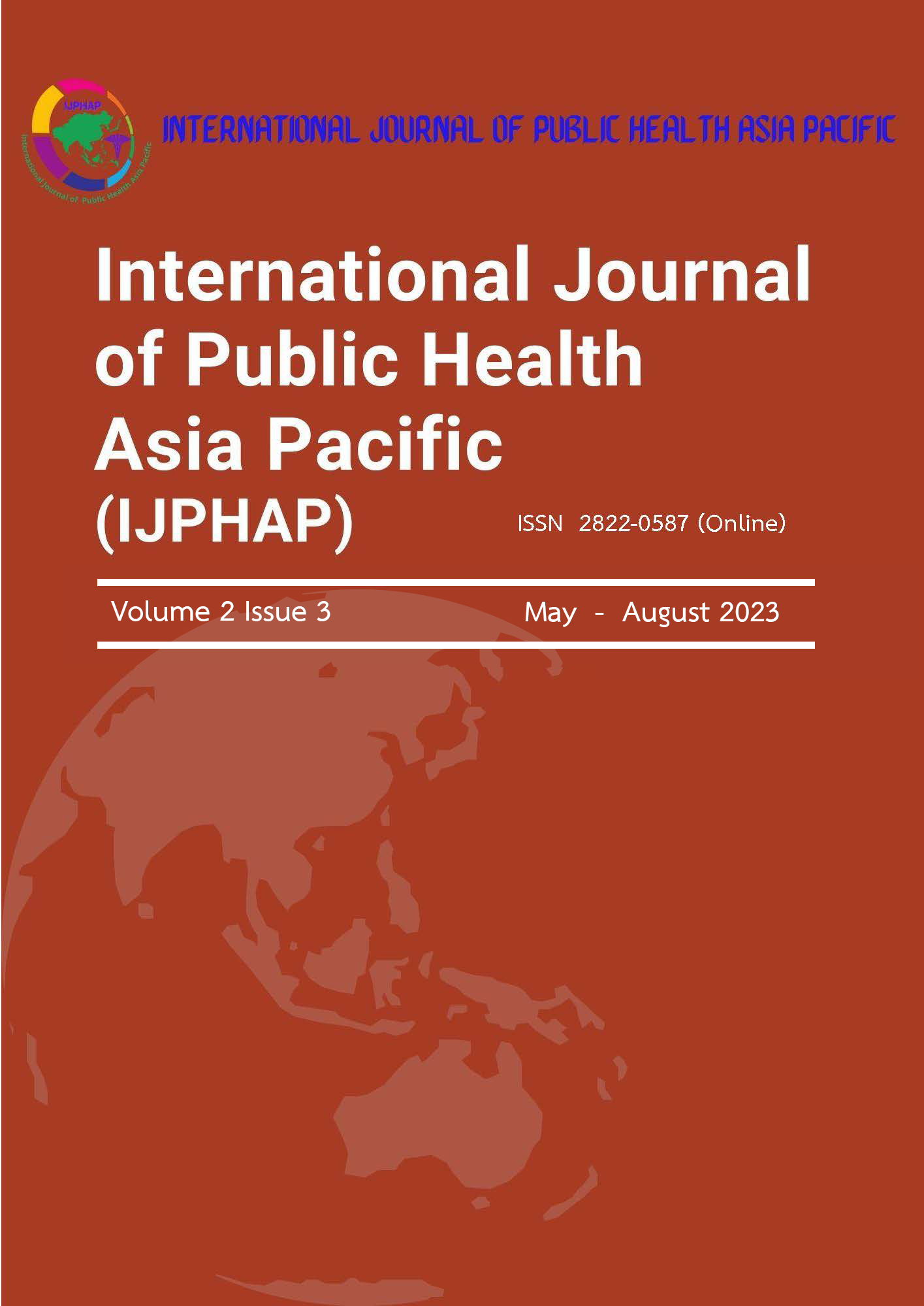Correlation between Physical properties and sensory evaluation of Extruded Phyto-snack.
DOI:
https://doi.org/10.62992/ijphap.v2i3.46Keywords:
Extruded phyto-snack, Physical properties, Sensory evaluationAbstract
Background: Snack products are ubiquitous in modern dietary habits, and their sensory attributes play a critical role in consumer preferences. The texture of snacks is characterized by fracturability, hardness, and chewiness which influences consumer’s acceptance. This study focused on investigating the interplay between the physical properties of an extruded snack product and its sensory attributes.
Objectives: This present study aimed to explore the potential correlations between these texture profiles and sensory attributes.
Methods: Texture profile analysis was employed to measure the snack's fracturability, hardness, and chewiness. A panel of 100 participants was engaged in sensory evaluation, using a hedonic scale to rate the snack's attributes. Pearson's correlation coefficient was employed to investigate potential associations between the texture profile and sensory attributes.
Results: The physical properties, including fracturability (35.266±0.58 N), hardness (52.611±0.73 N), and chewiness (15.89±3.36) were determined through Texture Profile Analysis (TPA). Concurrently, sensory attributes were evaluated by a panel of 100 untrained assessors. The sensory ratings for fracturability (4.58±0.87), hardness (4.21±0.98), chewiness (3.87±1.25), appearance (4.30±1.06), overall tasting (4.15±0.61), overall liking (4.56±0.94), and overall acceptance (4.40±1.31) provide valuable insights into the product's sensory appeal. The correlation values between the TPA data and sensory were attributes of the extruded snack product. Pearson's correlation coefficients revealed significant relationships between physical properties and sensory attributes. Notably, fracturability exhibited a strong positive correlation with fracturability in sensory evaluation (r = 0.776, p < 0.05). Similarly, hardness demonstrated moderate positive correlations with both fracturability (r = 0.452, p < 0.05) and chewiness (r = 0.687, p < 0.05), while chewiness was moderately correlated with fracturability (r = 0.634, p < 0.05) and hardness (r = 0.769, p < 0.05).
Conclusion: The findings revealed valuable insights into the food industry, emphasizing optimizing texture characteristics to enhance snack products' sensory appeal and satisfy consumer preferences. Further study in this domain may explore additional factors influencing sensory perception and refine the snack’s textual attributes for enhanced consumer satisfaction.
References
Świąder K, Marczewska MJF. Trends of using sensory evaluation in new product development in the food industry in countries that belong to the EIT regional innovation scheme. 2021;10(2):446.
Proserpio C, Bresciani A, Marti A, Pagliarini EJF. Legume flour or bran: sustainable, fiber-rich ingredients for extruded snacks? 2020;9(11):1680.
Huang X, Liu H, Ma Y, Mai S, Li CJF. Effects of extrusion on starch molecular degradation, order–disorder structural transition and digestibility—A review. 2022;11(16):2538.
Cardello AV, Llobell F, Giacalone D, Chheang SL, Jaeger SRJF. Consumer preference segments for plant-based foods: the role of product category. 2022;11(19):3059.
Fathi M, Ghobakhloo MJS. Enabling mass customization and manufacturing sustainability in industry 4.0 context: A novel heuristic algorithm for in-plant material supply optimization. 2020;12(16):6669.
Mounir S, Téllez‐Pérez C, Sunooj KV, Allaf KJJots. Texture and color characteristics of swell‐dried ready‐to‐eat Zaghloul date snacks: Effect of operative parameters of instant controlled pressure drop process. 2020;51(2):276-89.
Głuchowski A, Czarniecka-Skubina E, Kostyra E, Wasiak-Zys G, Bylinka KJF. Sensory features, liking and emotions of consumers towards classical, molecular and note by note foods. 2021;10(1):133.
Bolhuis DP, Forde CGJTiFS, Technology. Application of food texture to moderate oral processing behaviors and energy intake. 2020;106:445-56.
Downloads
Published
Issue
Section
Categories
License
Copyright (c) 2024 International Journal of Public Health Asia Pacific

This work is licensed under a Creative Commons Attribution-NonCommercial-NoDerivatives 4.0 International License.
International Journal of Public Health Asia Pacific (IJPHAP) is licensed under a Creative Commons Attribution-Non-Commercial-No Derivatives 4.0 international (CC BY-NC-ND 4.0) license, unless otherwise stated. Please read our Policies page for more information on Open Access, copyright, and permissions.







